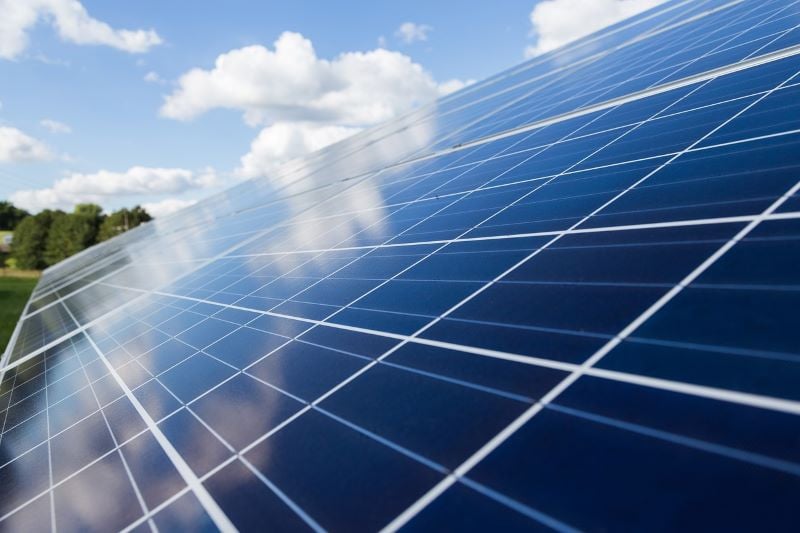
Researchers have developed the world’s first flexible solar panel thin enough to be coated onto various objects, effectively transforming them into portable energy sources.
This groundbreaking innovation allows for solar cells that are 150 times thinner than traditional silicon-based panels, without compromising their ability to generate energy.
These ultra-thin panels could be applied to virtually any object, such as cars or smartphone cases, making it possible to charge devices on the go and potentially reducing the reliance on large solar farms.
The newly developed material, just over one micron thick (0.001 mm), has already been certified by Japan's National Institute of Advanced Industrial Science and Technology (AIST). A scientific study detailing this invention is set to be published later this year.
The research team from the University of Oxford created the photovoltaic material using perovskite structures. These synthetic crystals mimic the naturally occurring calcium titanium oxide and can be produced relatively cheaply in laboratories or factories. Similar to silicon, the most commonly used material in solar cells, perovskite generates an electric charge when exposed to sunlight.
Since the late 2000s, scientists worldwide have been racing to harness the advantages of perovskites, often referred to as the "holy grail" of solar power. These materials hold the potential to enable the production of flexible, lightweight solar panels at a significantly lower cost than current silicon-based options.
However, the challenge has been to create perovskites that are durable enough to last beyond a few months. Perovskites are particularly susceptible to damage from moisture and can deteriorate when exposed to air, leading to volatile chemical reactions.
Over time, researchers have discovered that stabilising perovskites in layered structures, such as tandem cells that combine perovskite and silicon layers, can help enhance their durability.
The Oxford team employed a "multi-junction" approach, layering several photosensitive materials that correspond to different wavelengths of light. This method enhances the overall photosensitivity of the solar material, making it more efficient at converting sunlight into energy.
As the technology progresses, these ultra-thin solar coatings could revolutionise the way we generate and use solar power, offering a versatile and portable solution for energy needs.





















COMMENTS
Comments are moderated and generally will be posted if they are on-topic and not abusive.
For more information, please see our Comments FAQ